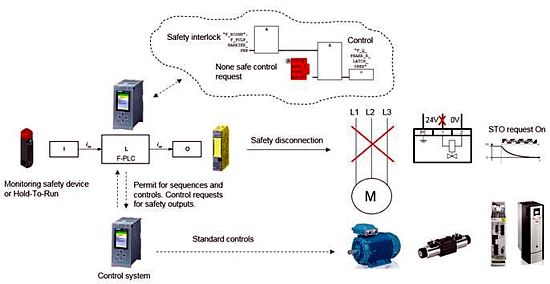How to improve process safety at the reel and winder areas (webinar)
Jun 8, 2021
June is Safety Month. Why increase the focus on Safety right now? Machines are running faster and injuries are more serious. Industry demands are increasing and there are changes in regulations and laws. There is a high cost of litigation and lawsuits. Plus, technological advances make possible more safety improvements.
Looking at the winder, as an example, it is one of the most hazardous areas in the mill. As a batch process, the winder is starting and stopping five to 10 times an hour. While safety standards have increased, many mills are operating 20 year old winders as they were originally designed. The winder is beholden to the paper machine, and operators under pressure can take shortcuts to keep up.
Start by asking yourself if your existing reel and winder have all their original safety components and are they intact? Then consider a reel and/or winder safety audit to get guidance from experts.
Click HERE to view a webinar presented Wednesday, June 16th, 2021 when Todd Vandenheuvel and John Heller discussed safety standards as they relate to reels and winders, and what can be done to improve operator and equipment safety with today's technology. They covered all aspects, from guarding, fencing and E-stops all the way up to partially- and fully-automated functions.
Here's an example of the type of material covered in the webinar:
Mills should be aware that the EN ISO 13849 winder standards are now in place. It is not just a European standard, but an International Standard for which the United States and Canada are members.

Progress of safety automation at ISO 13849-1 level
- Follow the designated ISO 13849-1 Performance level demands and incrementally create overall safety systems of PLd Cat3 redundant fault monitored and PLc Cat1 single channel safety systems. Start with the systems with the greatest lack of safety and highest risk of hazards.
- Update or add validated monitoring safety devices and Hold-To-Run control safety devices.
- Add validated F-Input cards and reprogram actual safety interlocks in the safety program in-conjuction with control system.
- Add validated F-Output cards and reprogram controls in-conjuction with safety interlocks, control requests and sequences.
- Update or add validated safety devices in controlled systems such as valves, contactors, inverters and servos.
- Perform functional tests for safety hardware and software in-conjuction with standard controls before restarting the equipment.
This does not have to be a comprehensive do everything process. If the mill is not ready, the safety improvements listed above can be done incrementally. The safety upgrade can continue at the next step from where you left off.
For more information on reel and winder safety, contact your Valmet representative and VIEW the webinar.